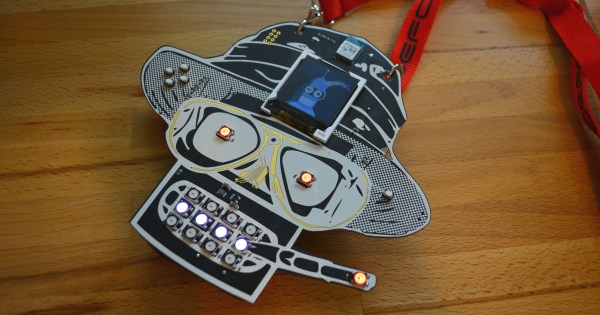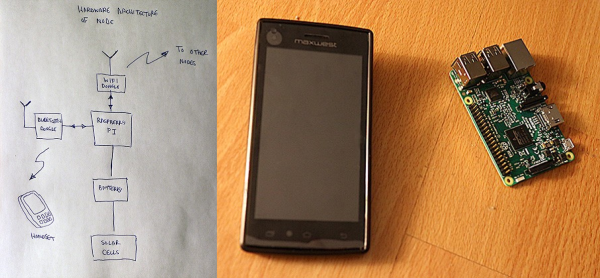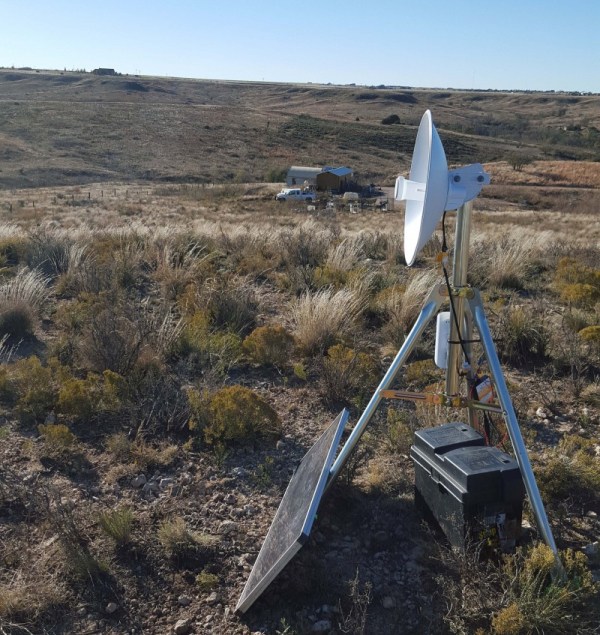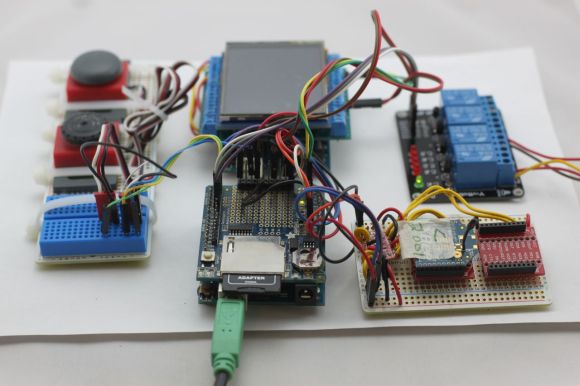The world has a bee problem. Honey bees are a major pollinator for all sorts of tasty crops, but an estimated one-third of all colonies in the US have vanished since 2006. These mass disappearances are collectively known as Colony Collapse Disorder, and everything from pesticides to global warming to a new bee virus has been blamed for bees going MIA. Regardless of the cause, keeping the bees that do remain alive and pollinating is important work, and an intelligent bee hive could go a long way toward that goal.
Normally, bee hives are a black – err, white – box, where the bees go about their business without revealing much about it. While bees are amazing animals with an incredibly rich social structure that allows them to, for instance, team together to ventilate a too-warm hive with their wings, or gang up on invading predators, they have their limits, and knowing what’s going on in the hive helps the beekeeper to maintain an optimal environment. [Miguel’s] system, which appears to still be in the prototyping phase, aims to provide the beekeeper with data on temperature and humidity within each hive. GPS tagging allows the beekeeper to track where a hive is, which is important since hives are moved around as various crops begin to flower. The system can even keep track of the comings and goings of bees using photoelectric sensors; while [Miguel] doesn’t go into detail, we imagine that aspect working something like this bee counter we featured a few years back. And being from Portugal, [Miguel] has incorporated cork into the design of the hive, a sustainable material available locally and offering great thermal properties.
Sounds like [Miguel] is onto something here. The bees need all the help they can get, and anything that improves their husbandry will go a long way toward keeping the world fed. We’ll be watching to see where [Miguel] takes this system.






















